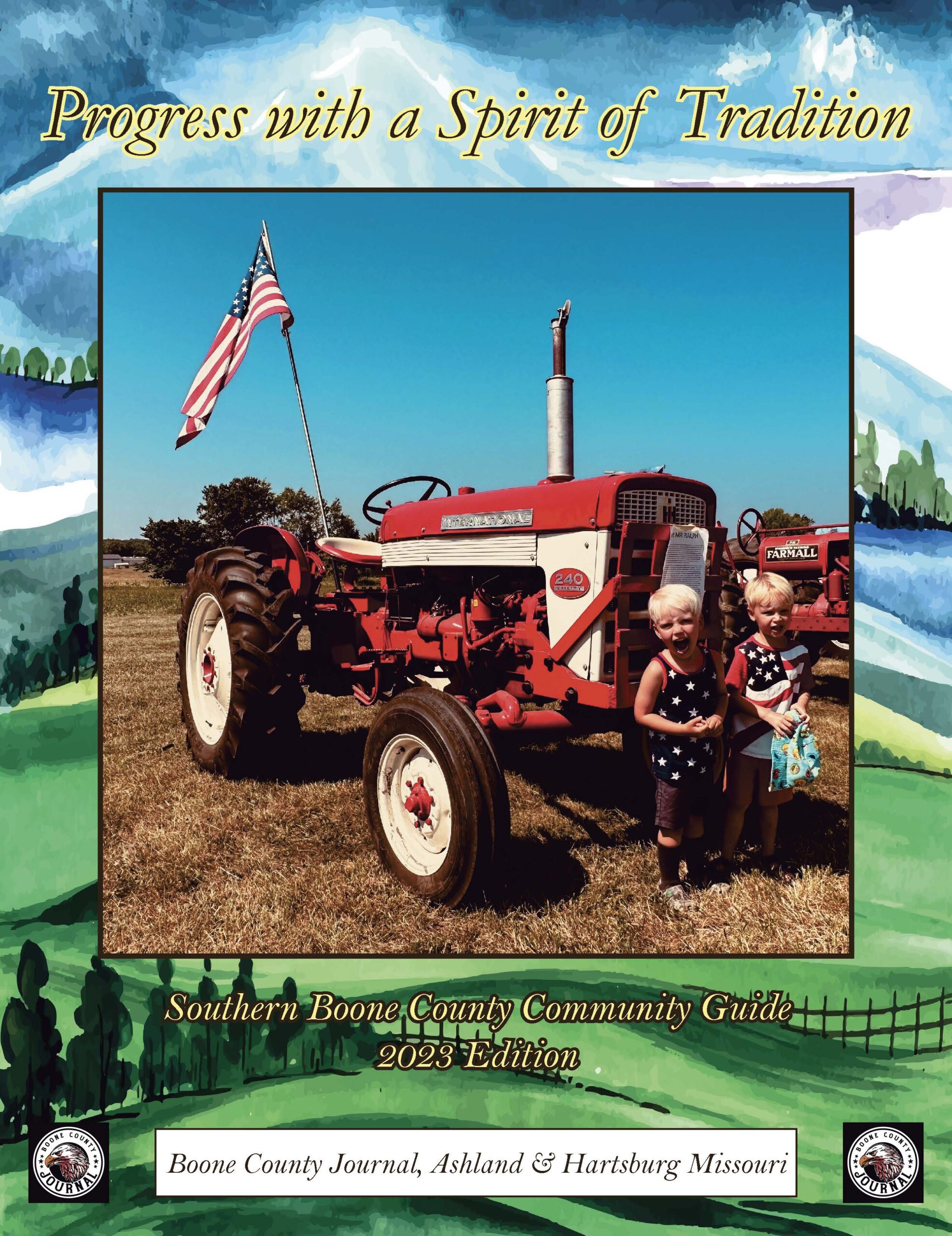In my friend Nina’s kitchen near Fayettye, MO, there are traces of distant other worlds, and something is always combusting. While preparing recipes from her mother’s Indian kitchen a few years ago, the idea for a culinary memoir, Biting Through the Skin: An Indian Kitchen in America’s Heartland, took shape. Rich in food and geographic images, her award-winning 2014 memoir bridges two worlds—that of her Bengali parents and grandparents and the rural Midwestern town of Pittsburg, Kansas where she spent her childhood as Nina Mukerjee in the 1960s.
In the author’s note in Biting Through the Skin, Nina explains that her memoir takes place primarily during what Virginia Woolf called “the great Cathedral space which was childhood.” Inspired by her mother’s family recipes written on food stained recipe cards and infused with the delicious language of Indian spices, it is a beautiful cultural journey which Nina recounts through food.
After receiving a U.S. Fulbright-Nehru Global Scholar research grant, Nina traveled in India from 2018-19. Hosted by the Victoria Memorial Museum in Kolkata (Calcutta), she conducted interviews and mined historic records for her upcoming book, Green Chili & Other Impostors (working title). In markets, she photographed the brilliant colors of exotic spices and fruits. In kitchens she borrowed recipes that friends are now ‘field testing’ in their Midwest kitchens. As Nina wrote in the opening lines of Biting Through the Skin, “There is something to be done in this season. Something to be done.”
Housebound this past snowy weekend, I printed a 2-page recipe Nina has asked me to field test—Calcutta Style Chicken Biryani from one of Kolkata’s premier chefs, Rahki Purnima Dasgupta. Long on ingredients and short on directions, it was challenging but ultimately delicious. Because I am a visual learner, I watched several Indian chefs prepare variations of chicken biryani on YouTube. Next, I assembled the spices, pastes, exotic essence waters, oils, yogurt, rice, chicken, potatoes and onions, and gathered the pots, pans, colanders, and bowls need for this culinary challenge.
But first, what is biryani? Food writer Roxana Begum who spent her childhood in Hyderabad, India describes the dish as “an aromatic, mouth-watering, authentic Indian dish with succulent chicken in layers of fluffy rice, fragrant spices and caramelized onions. There are regional variations as to exactly what spices to include, but that describes the classic biryani. I then turned to the Bengali chef’s recipe I’d been tasked to recreate.
A blend of yogurt, cream and aromatic spices—cayenne, paprika (in place of Kashmiri chili powder), ground turmeric, and garam masala—is massaged into chicken pieces and set aside to marinate for 30 minutes to three hours until tender. Cardamom pods, bay leaves, cloves, cumin seeds (jeera) and a blade of mace (jaitri) flavor a pot of water in which two cups of washed, soaked and drained basmati rice is boiled until ¾ done. Once drained, the rice is gently laid atop the cooked chicken in a large pan, to which four peeled and halved potatoes, fried onions and four hardboiled eggs have been added. Before covering for a final 15 minutes of cooking, a delicate sauce of saffron, ½ cup warm milk, melted ghee, rosewater, and kewra water (screw pine essence)—is drizzled over the rice.
After the two hours it took to marinate the chicken, fry the onions, execute the various stages of the rice preparation, cook, simmer, steam and finally plate the biryani, the kitchen’s intense, aromatic aroma brought these words from Nina’s memoir to mind—
“Foods, spices, and phrases cross cultures, geography and time. They develop new meanings or hold steadfastly to the old, create bridges, or become familiar separations. In fact, all we know of the world comes from verbal and gastronomic stories. The geographical barriers of rivers, mountains, deserts, and forests once made it difficult for languages and cuisines to mingle, and hence, even today, languages and menus across the world are very different from one another.”
That snowy winter night, entrusted with a Bengali chef’s Kolkata style chicken biryani recipe that Nina has shared with me, my dinner guests and I were transported from the frozen American Heartland to a steamy kitchen in India as ancient as time.
Cathy Salter is a geographer and columnist who lives with her husband, Kit, in Southern Boone County at a place they call Boomerang Creek.








Facebook Comments